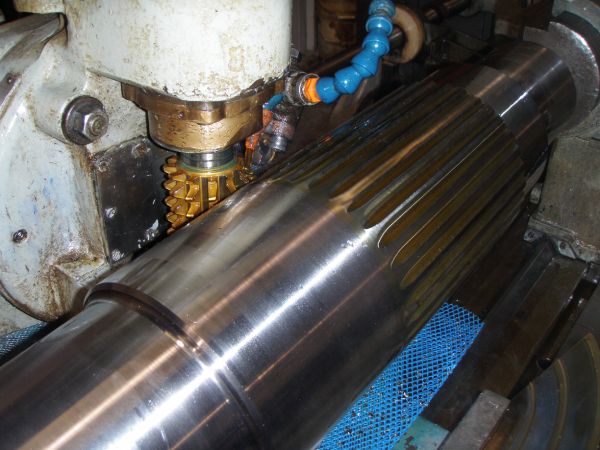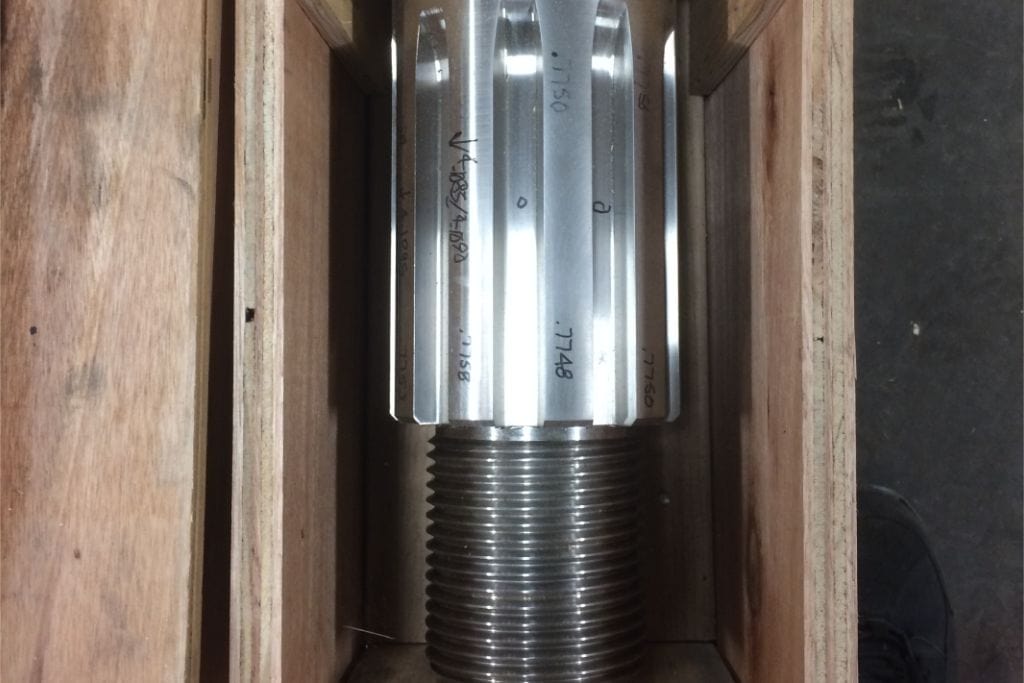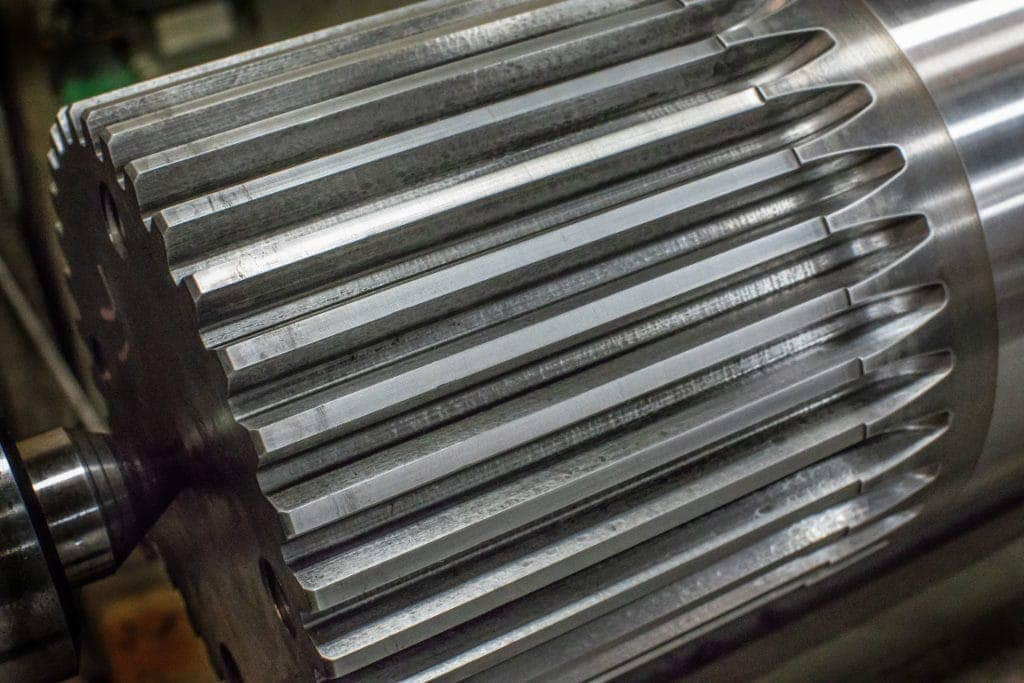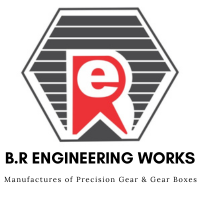Splined Shafts
A splined shaft is characterized by the deep grooves, or splines, cut along the entire length of the outer material. The grooves create jutting keys that fit into paired bearings, bores, gears, or bushings specifically designed to mate with the shaft splines. When compared with more traditional drive shafts, the added grooves provide resistance to rotation in anti-rotation applications. They are also used to transmit torque in both linear and rotary drive applications. In this blog, we discuss the operation, material, manufacture, and uses of splined shafts.

How Do Splined Shafts Work?
Spline shafts are designed to maximize the amount of contact between the shaft surface and interlocking parts. When used for anti-rotary applications, a spline shaft locks into place, preventing rotation while still allowing for linear motion. When acting as a linear guard, the interlocked bearing or gear will often slide up or down the shaft to ensure accurate linear movement without allowing unwanted rotation.
When used in rotary applications, splined shafts rotate while interlocked with a gear, bearing, or other mechanism. The high level of contact between mated surfaces helps to transmit high levels of force, or torque, between mechanisms. There are a variety of splined shaft designs specifically tailored to the needs of particular power transmission applications.
Splined Shaft Applications
Splined shafts are critical to a broad range of applications, from manufacturing and industrial facilities to public transportation, automobiles, and aerospace equipment. Splined shafts are capable of transmitting torque for high speed applications and heavy-duty load bearing equipment. They are often found in automobile drive trains, where they transform rotary motion into linear motion.
Splined shafts are built to withstand high-speed rotation, with exceptional control and uniform load distribution across the entire spline groove. More evenly distributed force allows for more reliable load transmission and higher speeds without the risk for catastrophic part misalignments.
Types of Splined Shafts
Splined shafts are available in a wide assortment of designs, depending on the shape, space, and size of the grooves and keys on the shaft and mated components. The most common types of splined shafts include:
Parallel key
Parallel key splined shaft designs feature square-shaped keys and grooves with profiles that run parallel to the shaft’s axis. This design is ideal for load-bearing applications that require smooth motion.

Involute splines
This type of splined shaft decreases stress on the shaft by using tapered keys and ridges. Involute splines are typically used in high speed and high stress applications for better torque.

